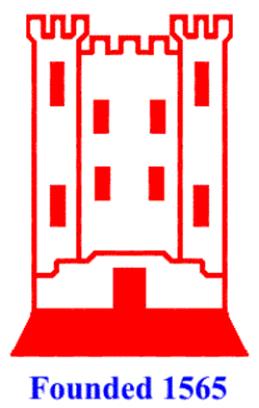How do we identify and assess children with SEND?
The Code of Practice 2015 identifies 4 key areas of SEND:
Communication and Interaction
- Children with a speech, language and communication need. This includes social communication need. Children who may have a speech delay, stammer or stutter. Selective mutism.
- Children who have Autism Spectrum disorder with difficulties in social communication.
Cognition and Interaction
- Support for a wide range of learning difficulties including MLD (moderate learning difficulty) or SLD (severe learning difficulty)
- Specific learning difficulties including dyslexia, dyscalculia and dyspraxia.
Social, Mental, and Emotional Health
- Support for children who is withdrawn, isolated, displaying challenging, disruptive behaviour
- Anxiety, depression, physical symptoms
Sensory and /or Physical
- Supporting children with a personal sensory diet
- Children with a range of medical conditions
- Children with visual impairment / hearing impairment
- Fine / Gross motor including hypermobility and other physical disability
Identifying the Special Educational Needs of Pupils
William Gilbert Primary School and Nursery knows that a pupil has an SEND in a variety of ways
- Parents may inform the school prior to or during admission
- Outside agencies may contact the school prior to / during admission or whilst the child is a pupil at the school
- Class teacher may identify concerns including progress or behaviours and SLT, SENCO, Teaching Assistants may become involved in a school based programme
- Class teachers make regular assessments of the progress of all children. From this the school is able to identify children who are making less than expected progress given their age and personal circumstances.
- When deciding whether to make special educational provision, a meeting will be arranged between the SENCo and class teacher.
- It maybe that the school seeks additional information from a specialist teacher eg a dyslexia assessment, or assessments
- completed by outside agencies e.g.; Educational Psychology, Behaviour Support Service, CAMHS, Pediatricians, Speech and Language Therapists, school health.
- At different times in their school life, a child or young person may have a special educational need. The Code of Practice defines SEND as follows:
A child or young person has SEND if they have a learning difficulty or disability which calls for special education provision to be made for him or her. A child of compulsory school age or a young person has a learning difficulty if he or she:
Has a significantly greater difficulty in learning than the majority of others the same age, or
Has a disability which prevents or hinders him or her from making use of facilities of a kind generally provided
How will we measure the progress of your child in school?
Your child’s progress is continually measured by the class teacher, the SENCo and SLT.
- Progress in Reading, Writing and Maths is formally assessed each term.
- Progress is monitored regularly by the Head Teacher, SENCO and Senior Leadership Team.
- At the end of KS2 (Year 6) all children are required to be formally assessed using Standard Assessment Tests (SATS). This is a government requirement and the results are published nationally
- Where necessary, children will have an IEP based on areas of need identified or a one pupil profile to identify their needs, support staff and how they learn best. Interventions are also identified on the provision map which are developed with the class teacher, SENCO and SLT. Progress against these targets will be reviewed regularly and future provision amended as necessary
- The progress of children with a Statement or EHC Plan will be formally reviewed at an Annual Review where all the adults who work with the child along with parents can celebrate success, set further targets and evaluate provision
The SENCO will also check that your child is making good progress within individual work and targeted group work
- Learning walks
- Book scrutinise
- Observations
- Data analysis
- Discussion with children
- Discussion with class teachers
- Meetings with parents and feedback from parents
How is extra support allocated to children and how do they progress in their learning?
The school budget received from Derbyshire LA, includes money for supporting children with SEND. Different children will require different levels of support in order to help them make progress and achieve their potential.
The Head Teacher will decide on the deployment of resources and staff for children with SEND in consultation with the SENCO and governors, on the basis of needs in the school and children
The Head Teacher and the SENCO discuss all the information they have about SEND in the school including;
- the children getting extra support already and the impact
- the children who have been identified as needing extra support
- the children who have been identified as not making as much progress through the Assertive Mentoring and Provision Maps which for SEND children identifies all resources / training and support are reviewed regularly and changes made as necessary
- All training/resources and support are reviewed regularly and changes made as necessary.
- Children will be taken off the SEND register if and when progress is consistent and targets/outcomes have been achieved.
